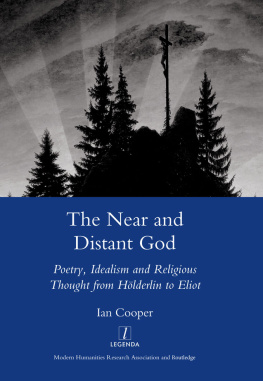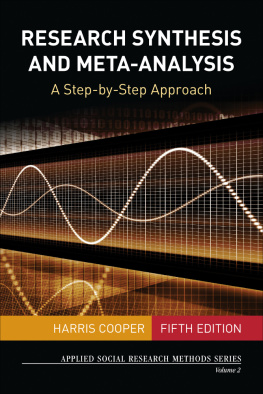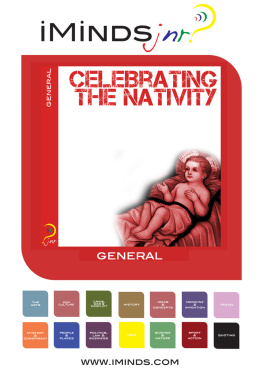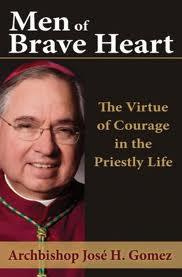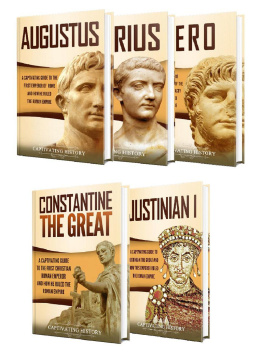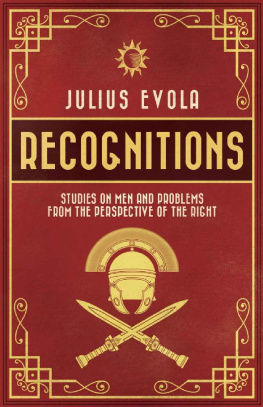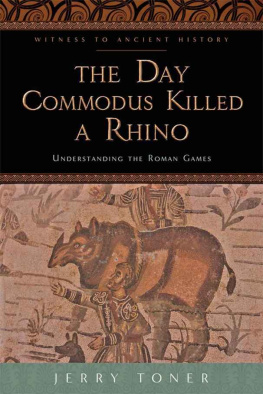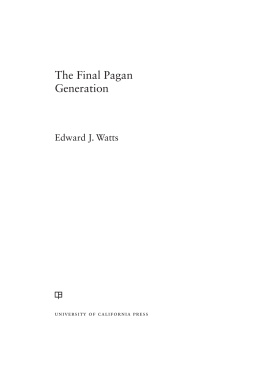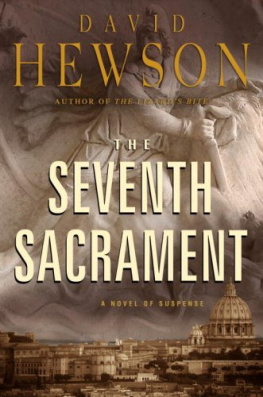M ithras
Mysteries and Initiation Rediscovered
D. Jason Cooper

SAMUEL WEISER, INC.
York Beach, Maine
First published in 1996 by
Samuel Weiser, Inc.
P. O. Box 612
York Beach. ME 03910-0612
Copyright 1996 D. Jason Cooper
All rights reserved. No part of this publication may be reproduced or transmitted in any form or by any means, electronic or mechanical, including photocopying, recording, or by any information storage and retrieval system, without permission in writing from Samuel Weiser, Inc.
Reviewers may quote brief passages.
Library of Congress Cataloging-in-Publication Data
Cooper. D. Jason
Mithras: mysteries and initiation rediscovered / D. Jason Cooper.
p. cm.
Includes bibliographical references (p. ) and index.
(pbk.: alk. paper)
1. Mithraism. I. Title.
BL 1585.C66 1996
299'.15--dc20 96-10326
CIP
ISBN 0-87728-865-8
MG
Cover art is Mithras. The Prophet, the right-hand panel of the arch of the Dura Mithraeum of Dura-Europos. Syria, reconstruction at Yale University Art Gallery. From the Dura-Europos Collection (Yale 78), photograph copyright Yale University Art Gallery. Used by permission.
Typeset in 11 point Windsor Light
Printed in the United States of America
04 03 01 00 99 98 97 96
10 9 8 7 6 5 4 3 2 1
The paper used in this publication meets the minimum requirements of the American National Standard for Permanence of Paper for Printed Library Materials Z39.48-1984.
To Three Servants of the Hermetic Kings,
Citizens of the Empire of Wisdom:
Alistair, Ray, and 'Tino
TABLE OF CONTENTS
INTRODUCTION
His worship has lasted over 3,500 years and continues to this day. For almost 500 years his religion vied with Christianity for dominance of Rome and through that the whole of Western Civilization. In ancient times he found followers in the Indian, Persian, and Roman Empires, and as far north as the Russian steppes. Today Mithras counts followers in India, Iran, the United States, Canada, the United Kingdom, Australia, New Zealand and elsewhere. Known as Mitra to the Indians, Mithra to the Iranis and Zarathustrians and Mithras to the Romans, this god is the oldest of all living deities.
Mithras has been worshipped in more religious traditions than perhaps any other deity in history. Aryan tribal pagans, Hindus, Iranian pagans, Zarathustrians, the Mitanni people of the Middle East, the Romans, and even the Manicheans have all worshipped him. In the Roman Empire, his followers formed one of the mystery religions. Each of the seven degrees of initiation had its own esoteric, moral, and ritual principles which led the follower deeper into the secrets of the god.
Roman Mithrasism taught concepts of esoteric anatomy and adeptship. It may even have had a secret form of astrology with an alternative system of signs and portents.
But for all this, occultists have largely ignored Mithras. Few know anything about him, and fewer still have written more than the odd line about him.
Yet no book written by an occultist or directed to occultists has treated this ancient tradition. This book is designed to redress that imbalance by examining Mithras and the religion which bears his namea religion which very nearly became the foundation of our modern world.
Mithras: Mysteries and Initiation Rediscovered concentrates on the Roman mystery religion of Mithrasism, whose god contended with Christ on equal terms for almost five hundred years. In fact, contemporary writers recognized Mithrasism as the greatest rival to early Christianitya greater threat even than the religion of Isis. Indeed, in retrospect there is every reason to believe that if Rome had not become Christian, it would have become Mithrasian.
To combat the threat, Christian writers went to extraordinary lengths and indulged in extremely underhanded tactics. They claimed Mithrasians had stolen Christian theology and ritual, although clearly the Mithrasian religion embraced that theology and those rituals earlier than Christianity's existence. Then Christian writers changed the story, saying the Devil, knowing in advance of the coming of the Christian sacraments, imitated them before they existed in order to denigrate them.
Mithrasism did have a sacrament which strongly resembled a Christian rite. It included wine as a symbol of sacrificial blood and used bread in wafers or small loaves marked with a cross to symbolize flesh. And other parallels abound. Mithrasians called themselves brother and were led by a priest called a father whose symbols were his staff and ring, his hat, and a hooked sword. Christianity adopted the hook and staff as the shepherd's crook; the hat became stiffened and was called a Miter (the name came from the name of the god, Mithras); the ring remained. Thus was derived the symbolic heraldry of the bishop. Similarly, Mithrasian priests were ruled by a father of fathers who lived in Rome. This father of fathers, like the Pope, was elected by a council of priests. The religion of Mithras, though, set the number of that council at ten. In many other ways the Mithrasians predated the Christians in precisely those areas which are supposedly identifiably and uniquely Christian.
But there were many differences, too. Mithras appealed to a different kind of follower than Christ. He offered a salvation based, not only on faith and compassion, but also on knowledge and valor. In this he appealed not only to the poor, the slave and the freedman, but to the traditionalist Roman aristocracy, soldiers, and honest merchants as well. Even some Emperors followed him. Mithras posed no threat to the traditions and civilization of Rome. The new god made peace with the old gods, Jupiter, Saturn, Oceanus, Venus, and Sol. He made peace, too, with the newer gods, Isis and Serapis.
Christ made no such accommodation. When the Christians gained ascendancy, they took the churches of Isis and made them their own. They destroyed all the liturgies of other gods. And they attacked Mithras. They attacked his temples with axes. They smashed the sacred statuary. They burned his books and attacked his followers. They dumped rubbish and the refuse of graveyards in his temples to desecrate them, and built their own churches on the ruins of Mithrasian temples. In one case they murdered his priest and left the corpse on the altar. They sought in every way to wipe the memory of the god Mithras from the face of the earth.
But in the end, they failed. The temples remained and over the past century, have been yielding up their secrets to scholars engaged in the painstaking task of reconstructing Mithrasism. Moreover, the recovery process is revealing a final secret of Mithras, a secret long beyond the reach of any mortalChristian or otherwise. Hidden in the god's secret name (Meitras), in the icon through which he was most worshipped, and in the degrees of initiation he taught, this secret has endured, as invincible as the god's title invictus promised. Despite attempts to destroy it, Mithra's final secret has remained untouched, pure, and open to those who seek it.
The common practice, set by Cumont. Is to drop the s from the root word Mithras before forming its variants (e.g., Mithraist, Mithraic, etc.). This spelling emphasizes the continuity between the Iranian and Roman deities. In order to differentiate between the two, however. I prefer In this work to retain the s (e.g., Mithrasist, Mithrasic, etc.).
Chapter 1

The Nature of Mithras
W hen the Aryan tribes swept down from the Russian steppes they brought their gods with them. Some time between 2000 and 1500 B.C.E., these tribes entered India and Iran, bringing with them one particular deity whom they called respectively Mitra, or Mithra.
Next page

